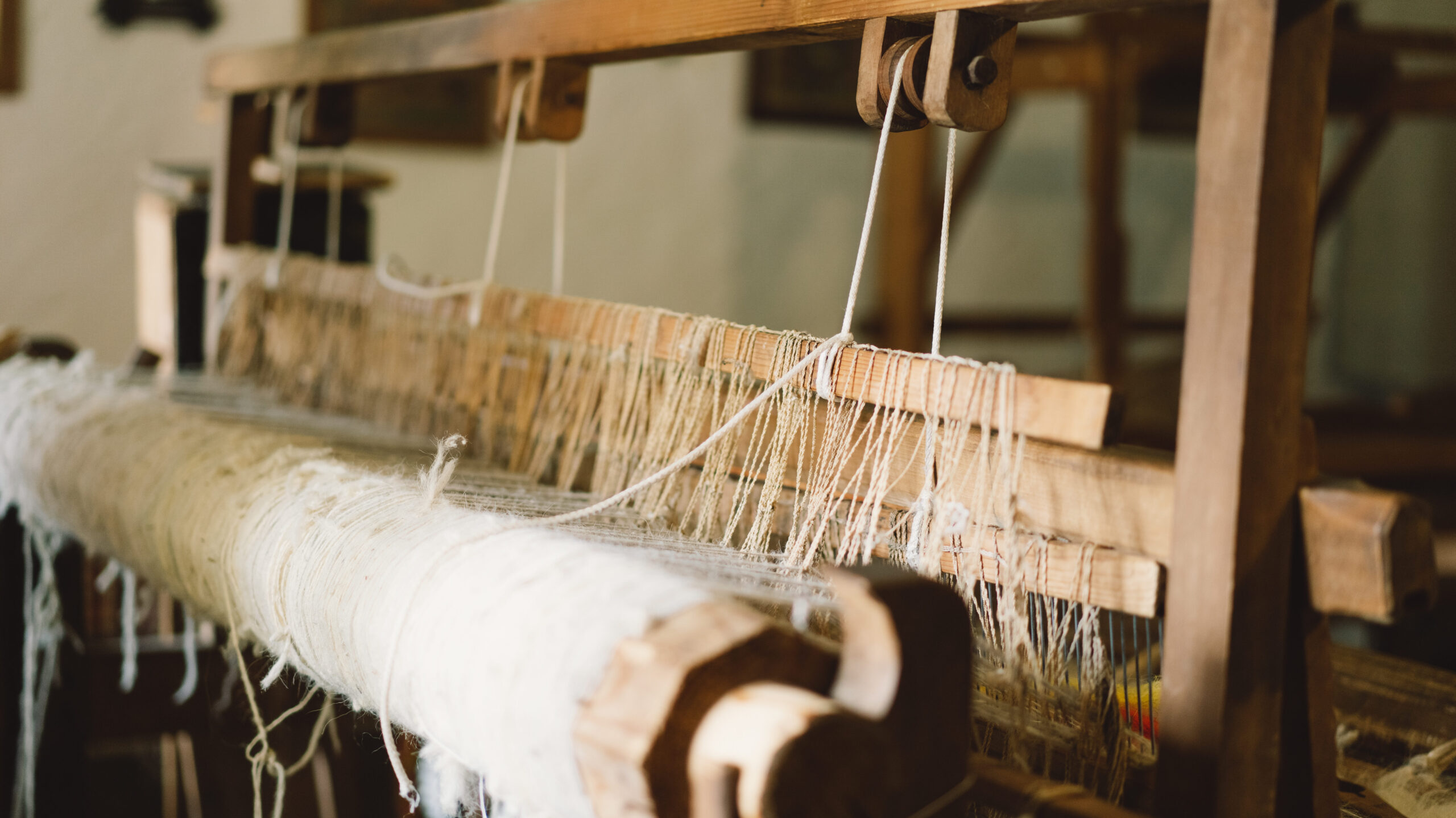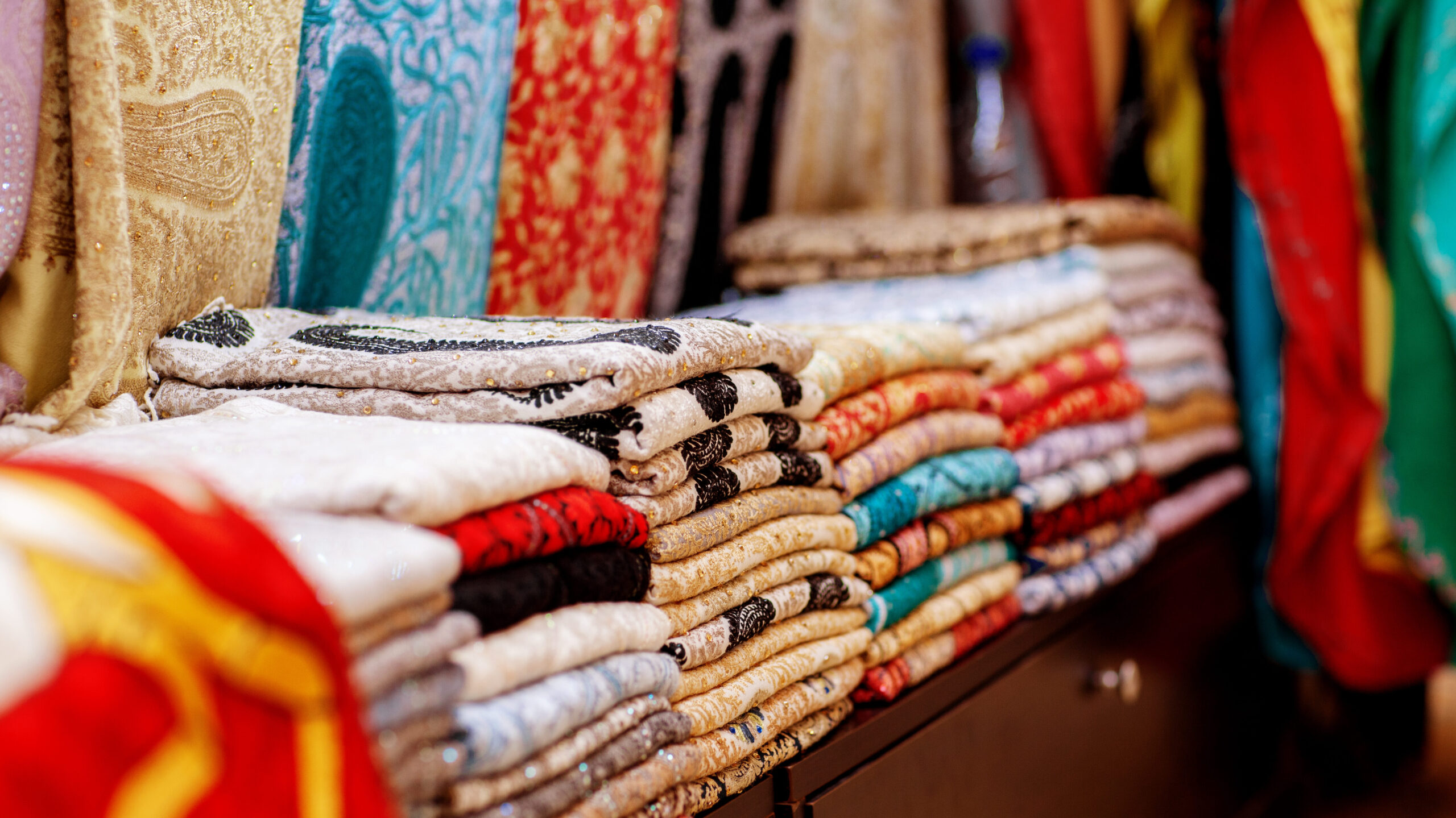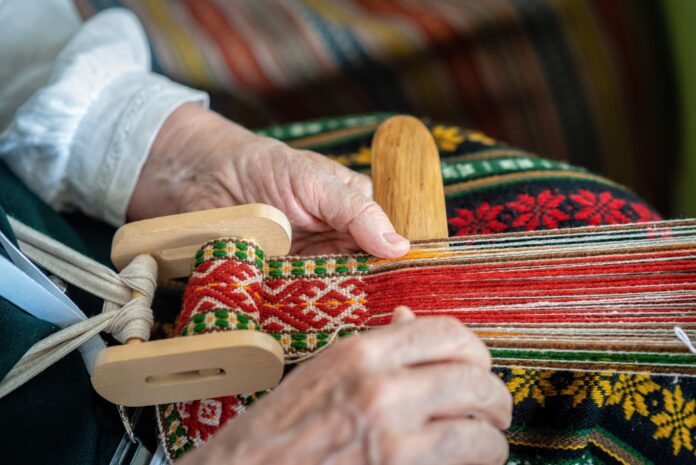Sustainable Fashion and Craftsmanship in Sri Lanka
Frontpage Journal | July 2025
Sri Lanka’s handloom industry embodies centuries of rich tradition, artistry, and cultural identity. For generations, handwoven textiles have reflected the island’s diverse communities and aesthetic values. However, like many traditional crafts worldwide, the handloom sector faces challenges from mechanized mass production, changing consumer preferences, and global competition. At the same time, a growing global demand for sustainable and authentic fashion presents a timely opportunity for revival and growth.
Sustainable fashion, with its emphasis on ethical production, environmental responsibility, and cultural preservation, aligns closely with the values embedded in Sri Lanka’s handloom heritage. This alignment has positioned the handloom sector to become a beacon of eco-friendly fashion innovation that supports rural livelihoods while meeting the expectations of conscious consumers locally and internationally.
One of the key strengths of the handloom industry lies in its low environmental footprint. Handloom weaving requires minimal energy compared to industrial textile manufacturing. It relies on skilled artisans who use natural fibers such as cotton, silk, and recently, organic yarns. The use of natural dyes derived from plants, minerals, and other traditional sources further reduces environmental impact and produces unique color palettes that machine-made
fabrics cannot replicate.
Reviving the handloom industry as a sustainable fashion movement requires a strategic approach involving multiple stakeholders, including government agencies, private sector partners, NGOs, and artisan communities. The government has a role in creating enabling policies that protect indigenous knowledge, provide financial incentives for sustainable practices, and invest in infrastructure such as artisan clusters, raw material supply chains, and
quality control systems.

Private enterprises and fashion brands have begun recognizing the value of handloom textiles in their product lines, often emphasizing their heritage story and sustainability credentials in marketing campaigns. Collaborations between designers and artisans are critical to innovate patterns, weaving techniques, and product formats that resonate with modern fashion trends while respecting traditional methods.
Capacity building is essential to equip weavers with design sensibilities, business skills, and digital literacy to navigate contemporary markets. Training programs, workshops, and exposure visits help artisans improve product quality and expand their market reach. Initiatives to digitize and archive traditional designs preserve cultural heritage and provide creative inspiration for new collections.
Quality assurance and standardization present another challenge and opportunity. Establishing certification schemes for authentic, sustainably produced handloom products can build consumer trust and enhance marketability. Sri Lanka can look to models like India’s “Handloom Mark” or “GI tags” (Geographical Indications) that protect artisans and their cultural property while promoting exports.
Sustainable fashion consumers increasingly demand transparency and traceability throughout the supply chain. Leveraging technology such as blockchain for provenance tracking can distinguish Sri Lankan handloom textiles from mass-produced alternatives. This also supports fair trade practices and ensures artisans receive equitable compensation for their work.
International markets offer significant potential. The global ethical fashion market is projected to grow substantially, driven by millennials and Gen Z consumers who prioritize sustainability and social impact. Sri Lankan handloom textiles, with their distinctive quality and narrative, can tap into premium fashion segments in Europe, North America, and Asia.

However, market entry requires overcoming barriers such as compliance with international standards, logistics, and branding. Strategic partnerships with global retailers, participation in trade fairs, and digital marketing platforms can help Sri Lankan handloom products gain visibility and acceptance.
Domestic consumption is equally important. Increasing urban middle-class awareness about sustainable fashion can drive demand within Sri Lanka. Integrating handloom into corporate gifting, uniforms, and lifestyle fashion segments broadens the market. Tourism also offers opportunities, as visitors seek authentic, meaningful souvenirs that support local communities.
Sustainability in handloom also involves social dimensions. The sector is a significant source of employment for women in rural areas, contributing to poverty reduction and gender empowerment. Strengthening cooperatives and community-based enterprises ensures equitable benefit sharing and collective bargaining power.
To ensure long-term viability, innovation must complement tradition. Experimenting with new fiber blends, eco-friendly finishing techniques, and functional textiles can expand product applications beyond apparel to home textiles, accessories, and décor. This diversification helps mitigate market risks and creates new revenue streams.
In conclusion, reviving Sri Lanka’s handloom sector as a driver of sustainable fashion is a multifaceted endeavor requiring vision, investment, and collaboration. It offers a path to preserve cultural heritage, promote environmental stewardship, and generate inclusive economic growth. For businesses and policymakers, embracing this sector aligns with global
sustainability trends and unlocks competitive advantages in the evolving fashion landscape.
The handloom’s story is not only one of craft but also of resilience and opportunity in a changing world.




